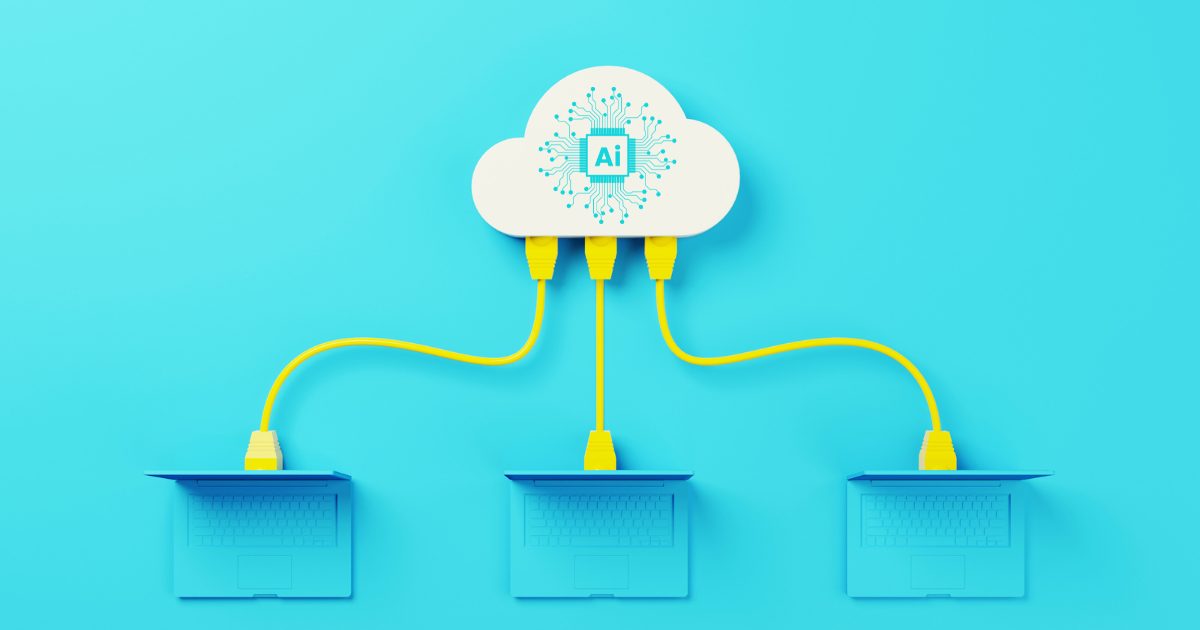With Drupal 7 end of life fast approaching on November 1, 2023, many organizations are making the decision to migrate from Drupal 7 to SharePoint Online. Drupal is an open source content management system (CMS) that enables the development of websites and applications. It is widely used for creating, managing, and publishing digital content.
Migrating from Drupal 7 to SharePoint Online—as opposed to upgrading to Drupal 9 or 10—can provide several benefits such as improved security protocols, increased scalability and flexibility, better integration with other external systems, faster performance, streamlined access control policies, as well as improved analytics capabilities.
This article expands on our previous blog post and outlines the process of migrating from Drupal 7 to SharePoint Online.
Understanding the Migration Process
Migration planning is essential for any migration to SharePoint Online.
- The process should begin with assessing the current setup and understanding what needs to be migrated, including content, configuration settings, and users. It is important to plan ahead to ensure that the new system meets all your requirements and can accommodate future growth. This includes deciding which features are necessary and selecting an appropriate hosting solution.
- The next step involves designing the migration process itself; this requires a comprehensive understanding of how data will flow between systems, as well as how existing components will interact within Microsoft. Additionally, it is crucial to consider user access control policies at this stage so that only authorized personnel have access to sensitive information or restricted areas of the website or application being migrated.
- Finally, testing should be done before going live in SharePoint Online to ensure that everything works properly after migration is complete.
Implementing the Migration from Drupal 7 to SharePoint Online
Once the migration plan has been designed, it is time to implement the migration. The first step is importing content from Drupal 7 into SharePoint Online. This can be done manually or by using an automated tool that allows for a more efficient process.
After this, permissions and access settings must be configured to ensure only authorized personnel have access to sensitive information or restricted areas of the website or application being migrated. Additionally, any external applications should also be integrated into Microsoft 365 at this stage; if necessary, additional customizations may need to be made for compatibility on the Microsoft 365 platform.
Transferring Your Data and Assets
Once the data and assets to be transferred have been identified, it is time to begin mapping them into the Microsoft 365 environment. This involves creating a plan for how each piece of data should be formatted, organized, and stored within SharePoint Online in order to ensure that everything is easily accessible and secure.
Additionally, security protocols must also be configured in order to protect sensitive information or restrict access to certain areas of your website or application. This includes setting up user authentication methods such as single sign on (SSO) or two-factor authentication (2FA), as well as configuring any other relevant settings related to user access control policies.
The next step is migrating all the content from Drupal 7 to SharePoint Online; this can involve manually transferring files or using automated tools that simplify the process. It is important at this stage to take note of any changes made during migration so that they are accurately reflected when going live. Finally, once everything has been migrated successfully, you need to test the functionality before releasing it publicly; this will help catch any issues early on and prevent problems down the line.
Testing and Optimizing the Migration
Once the data and assets have been successfully migrated to Microsoft 365, it is important to ensure that everything is running smoothly. This involves testing features or functionality prior to going live, as well as optimizing performance to provide an optimal user experience. Additionally, analytics should be monitored closely during this process in order to identify any potential areas of improvement; this may involve making adjustments such as changing page load speeds or adding additional content if necessary.
At this stage, it is important to check that all security protocols are properly configured and that access control policies are up to date. This includes setting up two-factor authentication for added protection against unauthorized access, as well as monitoring activity logs for any suspicious behavior. Finally, it is important to not only monitor website performance but also that of external applications integrated into Microsoft 365; testing should be done regularly throughout the migration process in order ensure these remain secure and function correctly.
Finally, once everything has been tested and verified as working correctly, it is time for the final step: going live! This step involves ensuring that all components are running properly and making sure users can easily navigate the new system without issue. It is important to provide adequate support during this period so any issues can be resolved quickly, and users do not experience too much disruption after migrating from Drupal 7.
To summarize, there are certain steps businesses must take during migration planning: assessing current setup, understanding what needs to be migrated including content, configuring permissions and access settings, designing data flows between systems, testing before going live, integrating external applications if necessary, and monitoring analytics post-migration.
Preparing for Migration from Drupal 7 to SharePoint Online
After migrating from Drupal 7 to SharePoint Online, organizations can begin to reap the benefits of their new system. Improved security protocols, increased scalability and flexibility, better integration with other external systems, faster performance, streamlined access control policies, as well as improved analytics capabilities are just some of the advantages that come with Microsoft 365.
Additionally, users will experience a more intuitive user interface that allows for easier navigation and more efficient workflows. Not only does migrating from Drupal 7 to SharePoint Online provide these benefits, it also mitigates the risks inherent in Drupal 7 end of life.
For organizations convinced that there are more benefits of SharePoint Online than Drupal, the main question remains: can you migrate your content safely from Drupal to SharePoint Online without risk? At Elantis, we ensure that your unique needs are met while helping you migrate your content to SharePoint Online.
Our team of experts employ a proven methodology for migrations using AI-powered tools, guaranteeing a safe transition of your information until it reaches its new home in SharePoint Online, where you will fully unlock the potential of a collaborative and user-friendly web content service.
Contact us today to learn how we can best assist you with your migration from Drupal 7 to SharePoint Online.



























